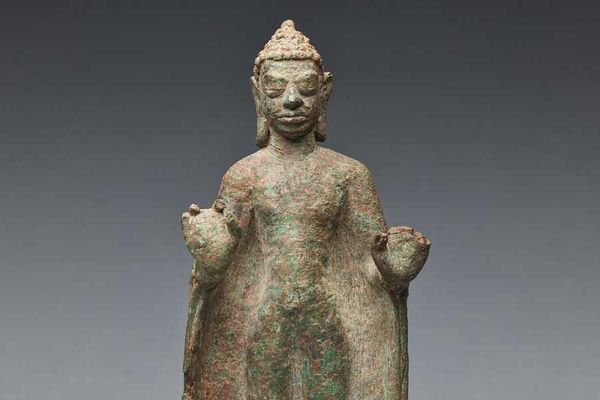A little more than 2 years ago, San Francisco demonstrated its pioneering spirit when it launched its innovative parking system, SFPark. Using a web of infrared sensors the SFPark mobile app shows a map with the locations of the blocks that have available parking spots.
I absolutely loved the idea, but was concerned that there would now be 100,000 people using the SFPark app, searching for a parking spot and looking down at their phones and deciphering the map while doing so. I approached San Francisco officials and asked if I could use the data from this amazing system and create an app that guided the driver by voice to available parking spots. With a non-territorial attitude, they invited me to knock my socks off. And four months later, the Beta version of VoicePark was launched.
This concern about distracted driving was recently made official in a ruling by the Appellate Division of the California Superior Court. On January 5, 2012, Steven R. Spriggs was cited for violating section 23123, subdivision (a), driving a motor vehicle while using a wireless telephone. The trial was held on April 26, 2012.
California Highway Patrol Officer Jack Graham and defendant Spriggs each testified that, while driving, Spriggs was cited for looking at a map on his cellular phone while holding the phone in his hand. The question was whether Sprigg’s conduct violated section 23123, subdivision (a).
Section 23123, subdivision (a) provides:
A person shall not drive a motor vehicle while using a wireless telephone unless that telephone is specifically designed and configured to allow hands-free listening and talking, and is used in that manner while driving.
The Honorable W. Kent Hamlin, in his ruling, wrote that, “The statute prohibits driving 'while using a wireless telephone,' except when the phone is 'specifically designed and configured to allow hands-free listening and talking, and is used in that manner while driving.' (§ 23123, subd. (a), emphasis added). The term 'using' is nowhere defined in the statute, but if the Legislature had intended to limit the application of the statute to 'conversing' or 'listening and talking,' as appellant maintains, it could have done so.
Our review of the statute’s plain language leads us to conclude that the primary evil sought to be avoided is the distraction the driver faces when using his or her hands to operate the phone. That distraction would be present whether the wireless telephone was being used as a telephone, a GPS navigator, a clock or a device for sending and receiving text messages and emails…
Because it is undisputed that the appellant used his wireless telephone while holding it in his hand as he drove his vehicle, his conduct violated Vehicle Code section 23123, subdivision (a).”
We all like to think that we’re pretty good multi-taskers. And most of the time, we are. But, on those once-in-a-while occasions that we’re not, if we happen to be driving a 2500-pound vehicle at the time…well…those are the moments we wish we could take back.
VoicePark is collaborating with Car Parking Technologies, Ltd. (“CPT”), that manufactures an ultra accurate and reliable based “SmartEye” vehicle detection sensor, to provide the most accurate and timely information to riders in a way that is safe, sane and legal via the VoicePark app. CPT has tens of thousands of their SmartEye IR sensors deployed in production worldwide.
To try VoicePark for free, click here. For more parking tips, tricks, and secrets, click here.




















